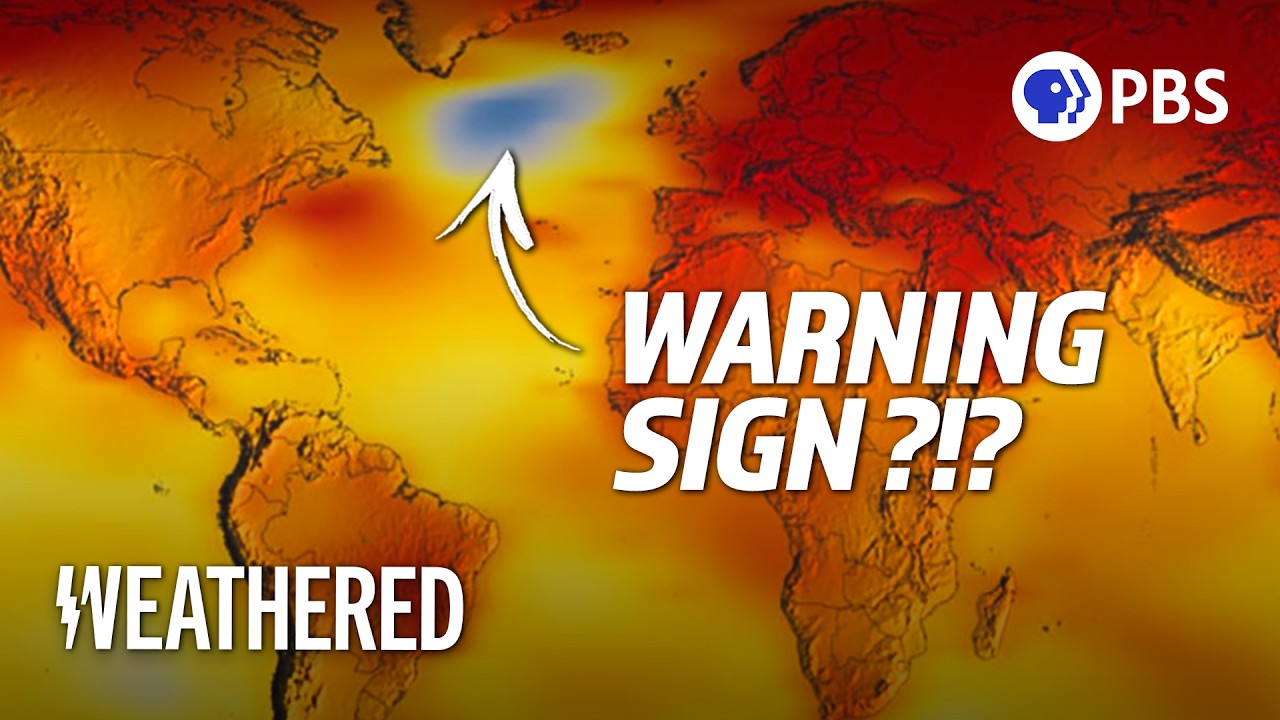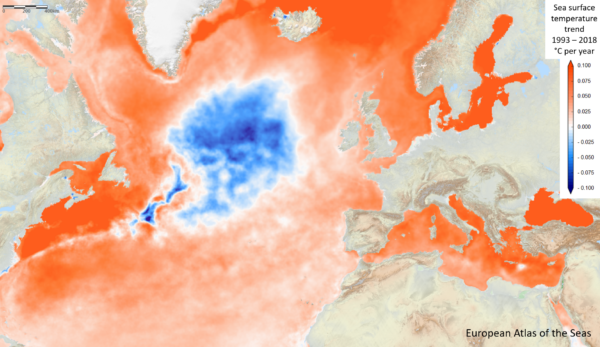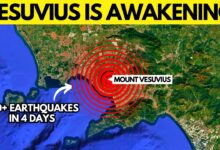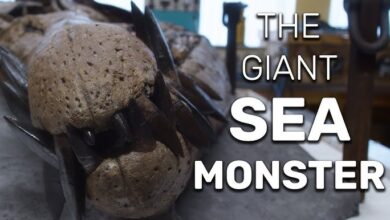The AMOC Might Be WAY More Unstable Than We Thought…Here’s Why
The AMOC May Be More Unstable Than We Thought

Ocean temperatures are consistently hitting record highs, but a curious anomaly in the North Atlantic, called the “cold blob” or “warming hole,” stands out. Climate models suggest this anomaly shouldn’t exist today, hinting at a gap in our understanding. Researcher Mohamed Ezat delved into whether this cold blob existed the last time Earth’s climate was this warm and what its presence might indicate for our future.
The cold blob’s existence raises concerns about Earth’s vital heat transfer system: the Atlantic Meridional Overturning Circulation (AMOC). This immense ocean circulation distributes heat globally, regulating weather patterns, including temperature and rainfall, crucial for societal stability.
However, the cold blob’s emergence signals the AMOC might be on the brink of collapse. While the scientific community debates this, most agree that such a collapse would have profound consequences for the planet.
The AMOC functions by transporting warm, salty water from the tropics to the North Atlantic, where it cools and sinks, driving a return flow of cold water southward. This circulation keeps Europe warmer and the tropics milder. A disruption to the AMOC, however, could have devastating effects, such as altering monsoon patterns that billions rely on for precipitation and food security.
Research suggests that even modest global warming could push the AMOC to a tipping point, causing a rapid and catastrophic collapse. Climate models predict a significant weakening of the AMOC by the end of the 21st century, with some scenarios foreseeing a collapse as early as the mid-century. Despite uncertainties due to limited direct observations and the AMOC’s natural variability, paleoclimate data offers crucial insights.

Studying Earth’s climatic past through ice cores, marine sediments, and stalagmites, scientists have found clear evidence of AMOC collapses during the last ice age, with 25 events occurring roughly every 5,000 years. These collapses caused abrupt temperature changes, leading to dramatic cooling and glacial expansions. During the last interglacial period, when Earth experienced temperatures comparable to today, a cold blob was also present, linked to significant AMOC slowing.
Today’s cold blob is driven by melting ice from Greenland, which dilutes ocean salinity and disrupts the AMOC. As temperatures rise further, increased ice melt could lead to a more pronounced slowdown or even collapse of the AMOC. The last interglacial period saw an AMOC slowdown rather than a full collapse, offering a glimmer of hope. However, exceeding critical warming thresholds, such as 2°C above pre-industrial levels, significantly raises the risk of triggering irreversible tipping points.
A weakened AMOC would result in colder European winters, disrupted monsoons, and widespread impacts on global weather and food security. While some impacts may be reversible with reduced warming, a full AMOC collapse would lock the system into an “off” state for centuries or millennia.
To prevent such catastrophic outcomes, lowering carbon emissions and keeping global warming below critical thresholds are vital. The AMOC’s stability underscores the interconnectedness of ocean currents, climate, and human society, making continued research and action essential for a sustainable future.
What do you think about the AMOC’s future? Share your thoughts and solutions to reduce carbon emissions in the comments below.








